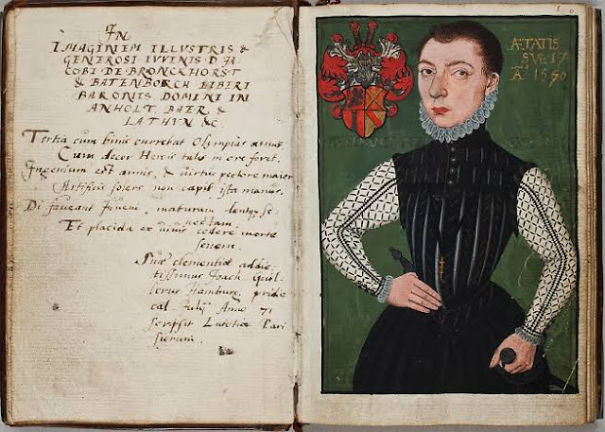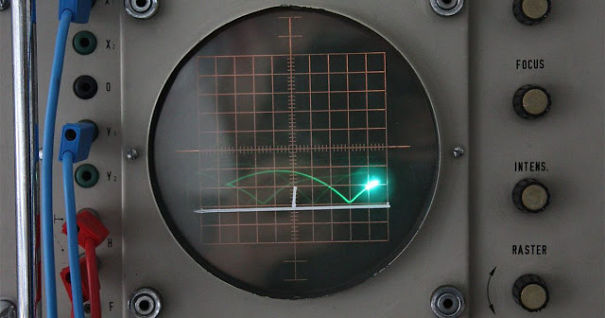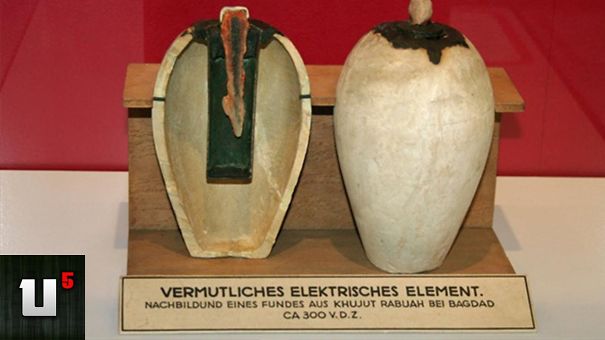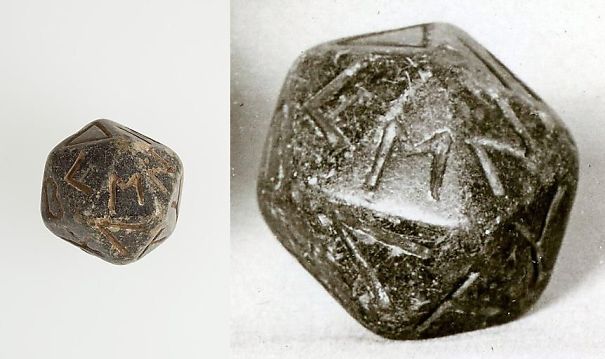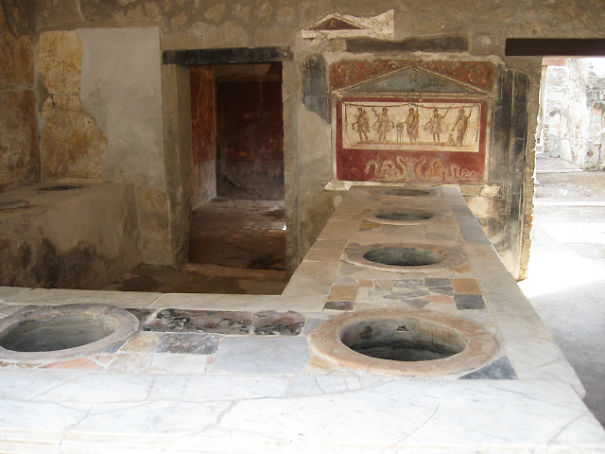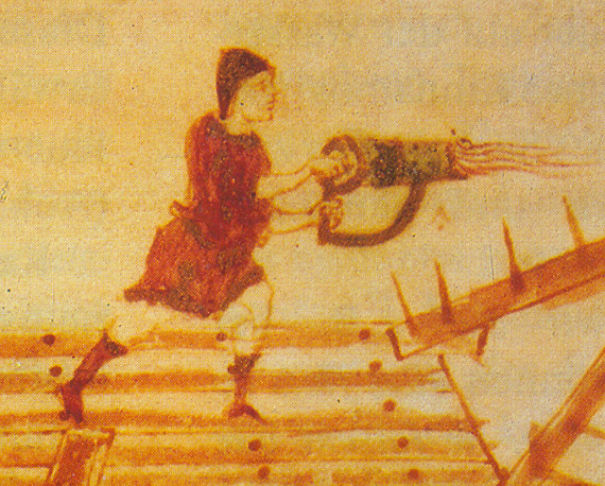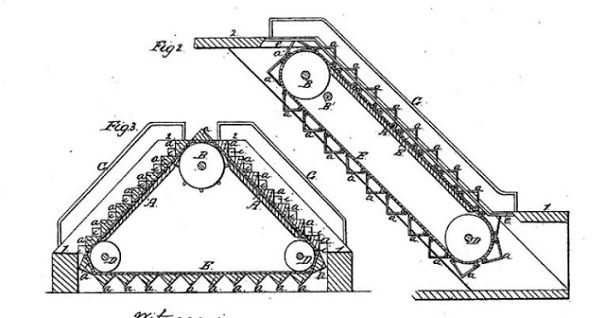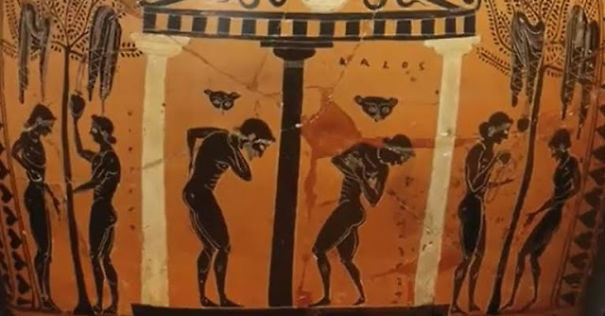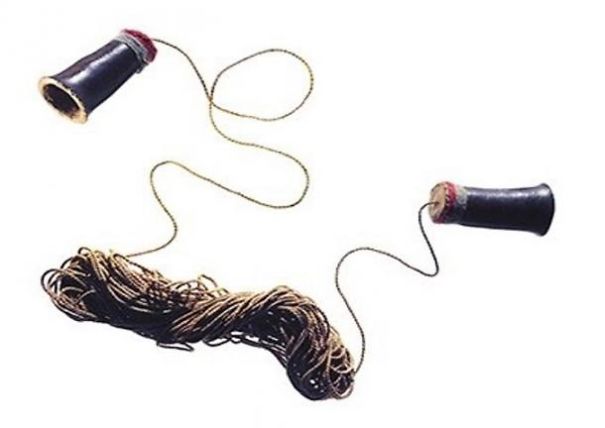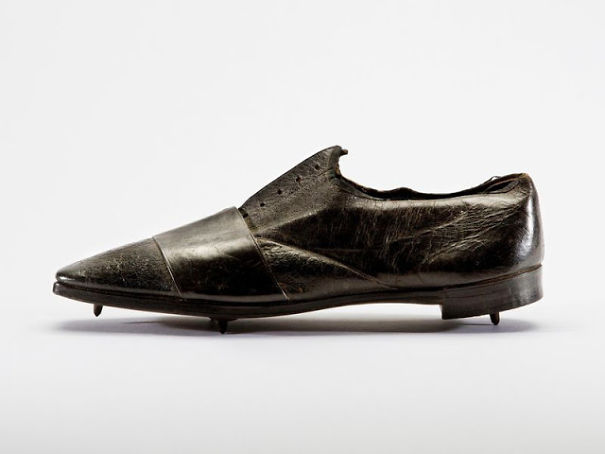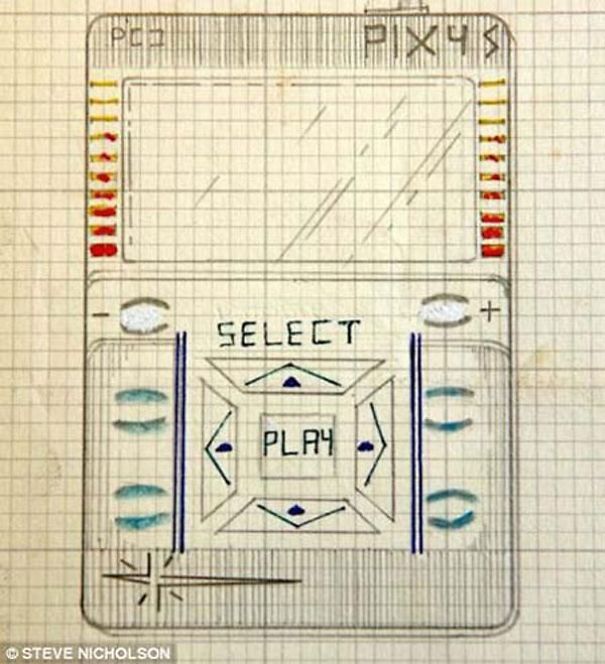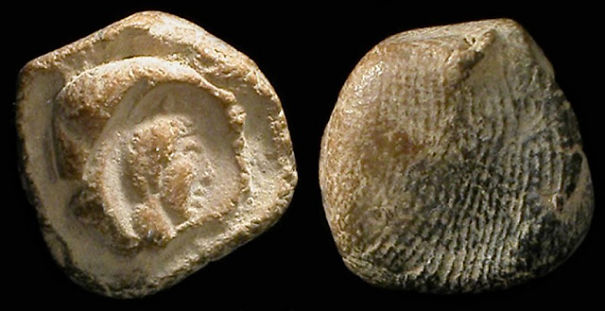Hi, I'm back with another amazing and interesting article. Nowadays people don't really bother to study and understand the history of what they are using, but even the most studious people will probably be surprised by this article. It's time to see 20 things that are older than you imagined.
More info: realworldfatos.com
This post may include affiliate links.
Social Media
Many think that social media was born with computers, but they actually came before, well before - back in 1560.
There was no Twitter or Facebook in the 16th century, but at least for young people in the modern Netherlands, there was something like that. They called it "alba amicorum," Latin for "books of friends." They worked just like social media today, except that everything was contained in physical books that were passed between friends and acquaintances. When it was your turn in the book, you could write gossip about friends, tell jokes, share lyrics from your favorite songs, write phrases from your favorite authors, and even discuss politics. Sounds familiar?
Soft Drinks
The first carbonated drink to be sold to the public was invented by Swiss watchmaker and amateur scientist J. J. Schweppe in 1783, who sold his delicious "sparkling water" to thirsty customers in Geneva.
In just seven years, he was doing business so fast that he moved the factory to London and introduced a new flavor, sparkling lemon, to stand out from competitors who were trying to imitate his drink.
Video Games
The first game was invented in 1948 by a physics professor named Thomas Goldsmith Jr., who patented an electronic game based on the old military radars of World War II. Goldsmith named the game "The Cathode Ray Tube Amusement Device." Unfortunately for the teacher, he never managed to raise enough funds to launch his game commercially and, as a result, almost no one has heard of it today. Home consoles only became popular with the arrival of Atari in 1977.
Amusement Device? That's about as bad as Strategic Homeland Intervention Enforcement and Logistics Divison.
Batteries
The batteries came in 200 BC, the so-called "Battery of Baghdad," discovered on the outskirts of Baghdad in 1938, was a clay jar with an asphalt stopper. An iron bar crossed the asphalt and was surrounded by a copper cylinder. Tests at the General Electric High Voltage Laboratory in Massachusetts showed that the flask had already been filled with a substance like vinegar, and when the researchers made replicas, it was able to produce up to two volts of electricity. Now you ask yourself: why did ancient cultures need batteries? Unfortunately to this day, no one knows the answer to that.
Multifaceted Dice
The d20 dice was popularized by the RPG Dungeons & Dragons, but dices with twenty sides have been around for a long time. The oldest of this type dates back to the Ptolemaic period, which would place it somewhere between 305 BC and 30 BC.
Fast Food
Restaurants of this type date back to ancient Rome, at that time they were called "Thermopolium." In Pompeii alone, there were more than 120 in operation. In fact, they were so popular that most houses in Pompeii didn't even have kitchens.
Synchronized Swimming
Synchronized swimming dates from the first century. Ancient Romans flooded their amphitheaters and performed in the water, women dived, swam and created elaborate formations and nautical shapes in the water, like the outline of a ship with undulating sails for example. These women were probably slaves, and they used to perform naked.
Flame-Thrower
During the 7th century, the Byzantine Empire had a secret weapon to kill its enemies: Greek fire. Invented by a Syrian refugee and engineer named Callinicus, Greek fire was a highly combustible fluid that could be sprayed from a siphon towards enemy ships, which would then ignite on contact. It stuck to just about anything and to make it even worst, even water couldn't stop it.
Brain Surgery
In 1997, archaeologists discovered an ancient tomb in the French village of Ensisheim from 5,000 BC, which contained the decomposing body of a 50-year-old man with holes in his skull. After a thorough examination, it was determined that the holes, located near the frontal lobe, were caused by a type of surgery, not by forced trauma, and the operation appears to have been successful because the wounds healed before the patient's death. To this day, however, researchers cannot say for sure what exactly the surgery was trying to fix.
Escalators
Escalators have been around since at least 1859, the first one was invented by Nathan Ames, a Harvard lawyer who also wrote poetry in his spare time. His patent for the escalator, which he called "Rotating Stairs," would allow people, as Ames himself described it: "to go up and down from one floor from one building to another, without exerting any muscular force." In other words, the only people who would use escalators would be the old and the sick.
Showers
Showers have existed since 100 BC. Ancient Egypt had "showers" because wealthy people had slaves who poured water over their heads while they sat in bathtubs. But it was the Greeks who perfected the idea. A person stayed in a room while a servant poured water through a wall. Then, when they invented a plumbing system, the shower as we know was born, but without the hot water, of course.
Phones
The first phone was invented in 1876, but its concept is much older than that, it has been around since the year 819! The world's first "telephone" was invented by the Chimu civilization and is currently on display at the Smithsonian's National Museum of the American Indian. It was discovered during excavations in Peru in the 1930s. The "telephone" was actually two gourds connected by a cord, and it was used by members of the "elite" of the Chimu society who were not allowed to have personal contact with their subordinates.
Animation
The animation is nothing more than a series of drawings seen in quick succession, and cavemen were already doing this in 19,000 B.C.
They basically painted the same animals in different positions, and then illuminated just one of the drawings, and then the other, and then another, it made it look like the animal was moving.
Computers
Computers look like something new, but technically they have been around since 1833. Charles Babbage, a British mathematician and mechanical engineer, came up with the idea of a computer (or "Difference Engine," as he called it at the time) while in Cambridge.
At the time, the project was basically a calculator that weighed about 15 tons, made up of 25,000 different parts. The British government invested £ 1,700 in this plan, but apparently that was not enough, as Babbage never completed a working prototype. However, in 1989, modern engineers built their own version of Babbage's computer based on his notes, and the old computer remains on display at the Museum of the History of Science in Oxford.
Running Shoes
These types of sneakers, used by athletes today, were actually invented in 1860. At the time they looked like dress shoes but had spikes on their soles and extra leather straps.
Carousels
Believe it or not, carousels were invented for the ancient knights to practice the art of war. During the 1100 Crusades, European soldiers watched Turkish and Arab knights competing in a game that involved riding a horse while holding a spear to throw at a ring that hung from a tree branch. Participants took the game so seriously that European soldiers began to refer to it as a "small war," which when translated into Italian became "garosello" or "carosella". Upon returning to Europe, the Crusaders brought the game back with them.
Automatic Doors
Modern automatic doors were invented by two Texans in 1954, but the concept is much older. Doors that open on their own were first imagined by a Greek mathematician and engineer named Hero (or Heron) of Alexandria in 50 BC. At the time these doors were a way of adding drama to religious ceremonies. The complicated mechanism involved pulleys and buckets and was intended to make believers think that a divine entity had opened the doors with invisible hands. All of this accompanied by the sound of trumpets.
Portable Music Player
The iPod was born in 2001, but it was not the first portable music player to be invented, this honor belongs to the IXI System, invented by amateur inventor Kane Kramer and his best friend, James Campbell, in 1979. At the time, the player only had a capacity of 3 and a half minutes of music. As Kramer's company went bankrupt he lost his patent and made no money from the modern copies of his great invention.
Digital Identification
Nowadays everyone knows that a person can be identified by his fingerprint, but this is nothing new. Using fingerprints for identification purposes is an old practice that dates back to millennia. In 1900 BC, fingerprints were used in Babylon as a method of protecting against counterfeiting. The two parts of a legal contract printed their fingerprints on the clay tablet on which the contract had been written. During the reign of the king of Babylon, Hammurabi, law enforcement officials recorded the fingerprints of people who had been arrested.
Plastic Surgery
Surgeries that only serve to look better sounds modern, but the first rhinoplasty dates back to the 6th century BC, in India. At the time, a flap of a patient's cheek skin was used to reshape his nose.

 Dark Mode
Dark Mode 

 No fees, cancel anytime
No fees, cancel anytime 







